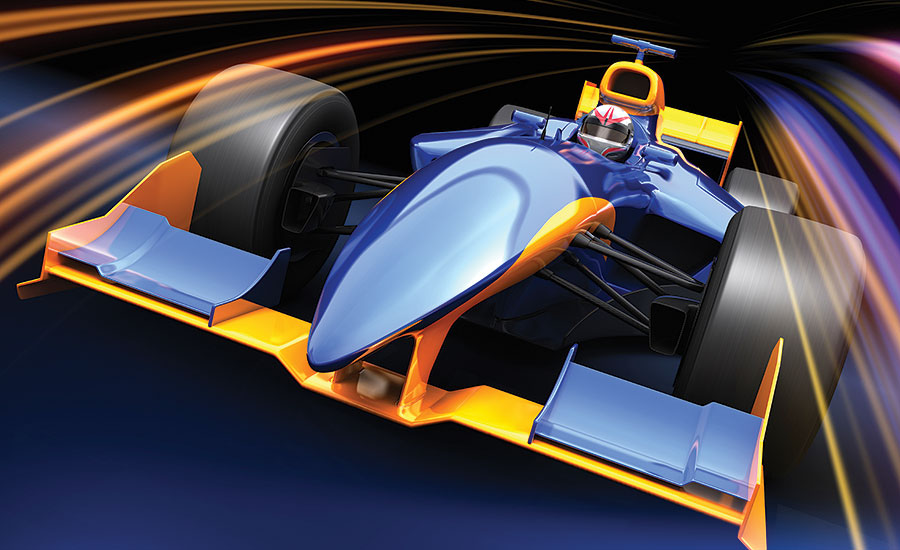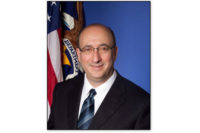Formula One. Does it mean anything to you?
Otherwise known as F1, it’s arguably the most demanding and dangerous motor racing. Or as F1 Racing magazine says, “the pinnacle.” F1 cars, sleek with narrow bodies and tall rear wings, highly engineered, incredibly expensive, are the fastest road course racing cars in the world, reaching speeds of up to 220 miles per hour. The machines look, sound and fly around twisting grand prix courses all over the globe like land-locked (barely) missiles. Grand prix racing dates back 110 years, to 1906. Today, the cost of designing and constructing one of these “road missiles” reaches upwards of $120 million. F1 had a total television audience of 425 million people during the 19-race 2014 season.
Lost essence
But all is not well in the F1 kingdom. There are concerns, grumblings, that F1 has lost something of its essence as the original extreme sport, according to F1 Racing. There’s not enough daredevil passing, also called overtaking. Leads in races seldom change hands, the same few drivers of the wealthiest teams (including Mercedes, Ferrari and engine-provider Renault) win again and again. Races can look like two-hour parade processions, with cars stretched out in single-file. F1 Racing calls it an “alleged lack of drama.”
That’s not healthy for the bottom line. Drama draws fans, team sponsors, TV ratings and dollars. The sport is not popular in the United States, where NASCAR is king. F1’s masterminds decided in 2014 that changes were needed to help “recapture some of the lost magic,” according to F1 Racing. “We wanted to make the cars look better, make them five to six seconds a lap faster,” and make them more difficult to drive, one of F1’s strategists told the magazine.
Time to “hurry up”
Time to make the sport more extreme, dangerous, more aggressive, faster and louder. “Fans of hard racing rejoice… after two decades of speed cuts, the (sport’s) governing body has decreed that the cars are in need of a ‘hurry up’,” writes F1 Racing. The final 2017 regulations to “hurry up” the cars are to be published this month.
It’s no coincidence that speeds have been declining since 1994, the year Ayrton Senna – a champion whose popularity world-wide mirrored Dale Earnhardt’s in the U.S. — was killed after crashing into a wall on the exit of a notorious curve at a track in Italy. A second driver lost his life in a crash that same weekend qualifying for the same race.
F1’s reaction was the same as NASCAR’s after Earnhardt was killed in the last lap of the Daytona 500 in 2001. Safety became paramount. Design and construction rule changes were pushed through that made the cars safer to drive – but reduced overtaking, speeds in track corners, and made it more difficult for cars to come within inches of following each other. No driver died of injuries sustained on the track at the wheel of an F1 car for 20 years, until 2014, when a driver collided with a recovery vehicle after aquaplaning off the surface at a race in Japan.
Creeping complacency
Decades of safe racing in F1 had an effect comparable to a factory or plant going decades without a fatality — years of enjoying virtually an unblemished safety record. What happens? Human nature being what it is, other concerns set in. Maybe the sport, or the workplace, has slowed too much. Maybe in the workplace the line needs to speed up. Workers need to “hurry up.” Profits need to be pumped up. Maybe, human nature being what it is, complacency sets in.
In F1, “other concerns” have resulted in the decree to make the cars go faster and harder to handle. Make races less boring by adding new elements of danger and risk. Naturally the sport’s governing body will say these changes are all being executed with a “safety first” mentality. What else can be said? Wrap yourself in the safety flag. It’s good cover. It’s like the plant manager or company owner saying, “Yes, we’re lean and mean, pushing our guys harder, working longer hours, increasing productivity, but we’ve learned our lessons, safeguards are in place, it’s still safety first.”
Déjà vu all over again
And the guys on the floor roll their eyes. Safety first. The vets have heard it all before. They know the game: safety comes and it goes in cycles. Some tragedy or catastrophe occurs, something spills or explodes, people die, safety becomes a priority.
But business priorities don’t have the sticking power of embedded cultural values. They change with the times and business conditions. Capitalists call it creative destruction. Buddhists call it impermanence. Things change. F1 Racing is big, big business. The sport’s brand and commercial considerations need to be recharged. “So strap yourself in. The future of grand prix racing is looking faster,” concludes F1 Racing. That’s good advice for the workplace, too. If execs look at those lagging indicators, and see years of no serious injuries or fatalities, some will be tempted by other priorities. Strap yourself in.




